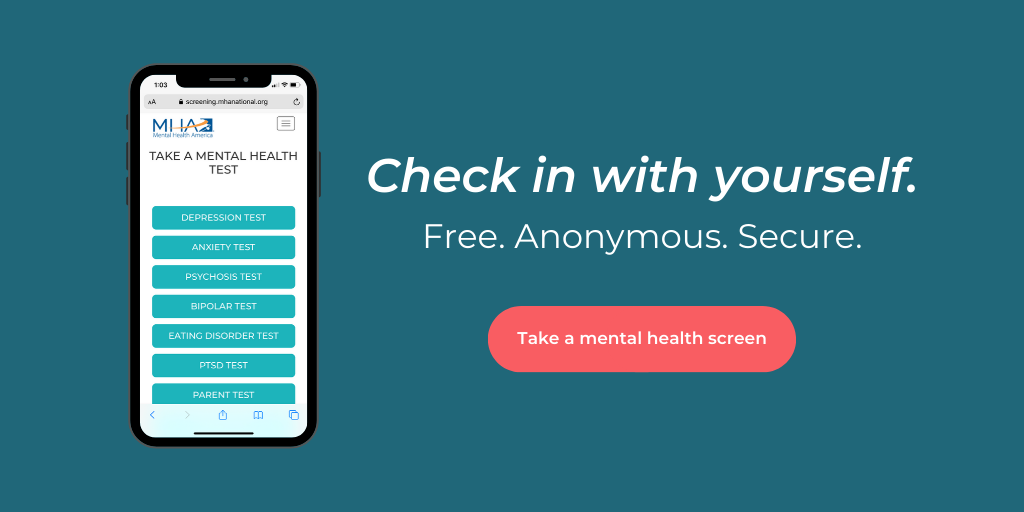Self-injury, also known as self-harm, self-mutilation, or self-abuse—occurs when someone repeatedly harms themselves on purpose in a way that is impulsive and not intended to be lethal. While self-harm is not intended to be lethal, people who harm themselves are at a higher risk of attempting suicide if they do not receive help.
The most common methods are:
- Skin cutting (70-90%).
- Head banging or hitting (21%-44%).
- Burning (15%-35%).
Other forms of self-injury include excessive scratching to the point of drawing blood, punching (either one's self or objects), infecting oneself, inserting objects into body openings, drinking something harmful (like bleach or detergent), and breaking bones purposefully. Most individuals who engage in non-suicidal self-injury hurt themselves in more than one way.
Research indicates that self-injury occurs in approximately 5% of adults in the United States. Rates are higher among adolescents, with approximately 17% of teens reporting some form of self-injury. Studies show an even higher risk for self-injury among college students, with rates ranging from 17-35%. [2]
People who self-injure commonly report they feel empty inside, over or under stimulated, unable to express their feelings, lonely, not understood by others, and/or fearful of intimate relationships and adult responsibilities. Self-injury is their way to cope with or relieve painful or hard-to-express feelings and is generally not a suicide attempt. The relief that self-injury brings is temporary, and destructive cycle often develops without proper treatment. Self-injury can also be a way for people to have control over their bodies when they have little or no control over other parts of their lives.
People may engage in self-injury to:
- Distract themselves from negative feelings.
- Express emotions they might be embarrassed to show.
- Develop a sense of control over their lives.
- Process the way they are feeling.
- Punish themselves for things they think they have done wrong.
Warning signs that someone may be injuring themselves include:
- Scars.
- Unexplained frequent injuries, including cuts and burns.
- Having sharp objects on hand.
- Low self-esteem.
- Difficulty handling feelings.
- Saying they feel helpless, hopeless, or worthless.
- Relationship problems or avoidance of relationships.
- Poor functioning at work, school, or home.
People who self-injure may attempt to hide their marks—such as bruises, scabs, or scars—with clothing, and you may notice them wearing long sleeves and pants in hot weather. If discovered, a person who self-injures may often make up reasons for how an injury happened (for instance, “I fell” or “the cat scratched me”).
The diagnosis for someone who self-injures can only be determined by a medical or mental health professional. Self-injury behaviors can be a symptom other mental illnesses, such as: personality disorders, bipolar disorder, depression, anxiety disorders, obsessive-compulsive disorder, and psychotic disorders, such as schizophrenia.
Criteria for a Diagnosis of Non-Suicidal Self-Injury
- Intentional self-inflicted damage to the surface of the body with expectation of physical harm, but without suicidal intent, for five or more days within the past year.
- Person injures themself for at least one of the following reasons:
- To seek relief from negative thoughts or feelings;
- To resolve an interpersonal difficulty; or
- To bring about positive feelings.
- Before the behavior, a person experiences one of the following:
- Interpersonal difficulty or negative feelings and thoughts (including depression and/or anxiety);
- Preoccupation about self-injury that is hard to resist; or
- Frequent urges to self injure
- The behavior is not accepted by society (body piercing, tattooing, scab picking, and nail biting do not qualify for the diagnosis).
- The person is significantly distressed by the behavior.
- The behavior can’t be explained by another mental, developmental, or other medical condition.
The relationship between suicide and self-injury is complicated. While people with non-suicidal self injury do not intend to complete suicide, they may cause more harm than intended, which could result in medical complications or death. In severe or long-term cases of self-injury, a person may become desperate about their lack of control over the behavior and its addictive nature, which may lead them to purposefully attempt suicide.
IF YOU ARE IN CRISIS, TEXT "MHA" TO 741741 OR CALL 1-800-273-8255 (TALK).
If someone displays the signs and symptoms of self-injury, a mental health professional should be contacted. A provider with self-injury expertise may be especially helpful, if available. Self-injury treatment options include outpatient therapy, partial-inpatient (6-12 hours a day) care, and inpatient hospitalization. When the behaviors interfere with daily living, such as employment and relationships, and are health or life-threatening, a specialized self-injury hospital program with an experienced staff is recommended.
Effective treatment of self-injury is most often a combination of medication, cognitive/behavioral therapy, and interpersonal therapy, with additional treatment services as needed.
- Medication is often used in the management of depression, anxiety, obsessive-compulsive behaviors, and the racing thoughts that may accompany self-injury.
- Cognitive/behavioral therapy helps individuals understand and manage their destructive thoughts and behaviors. Contracts, journals, and behavior logs are useful tools for regaining self-control.
- Interpersonal therapy assists individuals in gaining insight and skills for the development and maintenance of relationships.
- Services for eating disorders, alcohol/substance abuse, trauma, abuse, and family therapy should be readily available and integrated into treatment, depending on individual needs.
Services for eating disorders, alcohol/substance abuse, trauma, abuse, and family therapy should be readily available and integrated into treatment, depending on individual needs.
Successful courses of treatment are marked by:
- An individual's active involvement and commitment to their treatment,
- Aftercare plans with support for the individual's new self-management skills and behaviors, and
- Collaboration between all involved professionals (medical and otherwise).
The Mighty's Guide to Understanding Self-Harm
S.A.F.E. Alternatives (Self-Abuse Finally Ends)
Information Line: 1-800-DONT-CUT or 1-800-366-8288
Email: info@selfinjury.com
www.selfinjury.com
Eating Disorders
Eating disorders are real, complex medical and psychiatric illnesses that can have serious consequences for health, productivity and relationships.
Suicide
A suicide attempt is a clear indication that something is gravely wrong in a person’s life.
Helpful vs Harmful: Ways to Manage Emotions
With practice, everyone can do a better job of dealing with their negative emotions in healthy ways.






